Refuel, Recharge, Reignite: The F1 Secret to Lasting Beauty & Wellness
Life, in many ways, is like a Formula 1 race. The thrill, the speed, the drive to push forward, it’s all there. But even the fastest cars on the track cannot go on endlessly without a break. In F1, pit stops aren’t just an option; they’re a necessity. In those few precious seconds, tires are changed, fuel is replenished, and the car is readied to perform at its peak again. Without them, the race would be over long before the finish line.
The same principle applies to our personal journeys, whether in life, health, or aesthetics. We often race ahead, juggling responsibilities, chasing goals, and trying to look and feel our best. But without intentional “pit stops,” burnout, fatigue, or loss of confidence can creep in.
In the realm of cosmetic surgery, wellness, and aesthetic care, a pit stop might mean taking time to rejuvenate, be it a skin treatment, a surgical procedure, or a wellness retreat. I recall a patient, a successful entrepreneur, who had been working tirelessly for years. Her energy was fading, her skin reflected the stress, and she felt she had lost her spark. She came in not for vanity, but for renewal. We planned her “pit stop” – a series of treatments, lifestyle tweaks, and time for herself. Months later, she returned to her professional “race” not just restored, but stronger and more confident.
Like in F1, timing matters. Too frequent pit stops slow the race, but skipping them altogether risks the car and the driver. A well-timed intervention in your aesthetic and wellness journey can realign your inner drive with your outer self.
Life’s not just about crossing the finish line; it’s about sustaining speed, enjoying the ride, and knowing when to pause, refuel, and re-emerge faster than before.

Ikigai and Cosmetic Surgery
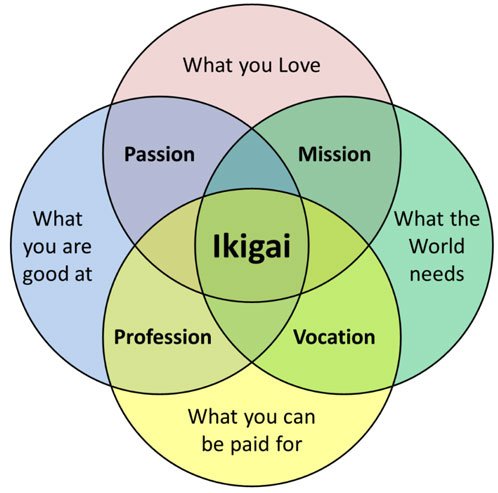
Ikigai and Cosmetic Surgery
Ikigai, a Japanese term that translates to “a reason for being,” has long been used to describe the sense of purpose and fulfillment in one’s life. It is the intersection of one’s passion, mission, vocation, and profession. In recent years, this concept has gained popularity, with people seeking to find their own ikigai in order to lead a more meaningful and happy life.
However, one area where ikigai is seldom mentioned is in the field of cosmetic surgery.
At first glance, cosmetic surgery may seem like an unlikely to relate with l ikigai. After all, it is often seen as a superficial and vain pursuit, driven by societal pressures and unrealistic beauty standards.
However, upon closer examination, we can see that there is more to cosmetic surgery than meets the eye. For many individuals, it is not simply about changing their appearance, but about improving their self-image and overall well-being. This is where the concept of ikigai comes into play.
For some people, their appearance is closely tied to their sense of self and their ability to fulfill their purpose in life. This could be due to personal insecurities or societal expectations placed upon them. As a result, they may feel that undergoing cosmetic surgery can help them achieve their ideal image and boost their self-confidence. This can have a significant impact on their overall well-being, allowing them to feel more empowered and in control of their lives. In this way, cosmetic surgery can align with one’s ikigai, as it helps them to feel more content and fulfilled.
Moreover, cosmetic surgery can also be seen as a manifestation of one’s passion. A passion for beauty and aesthetic enhancement can lead individuals to pursue a career in the field of cosmetic surgery. For these individuals, performing procedures and helping others achieve their desired look can be a source of great fulfillment and satisfaction.
Lagom
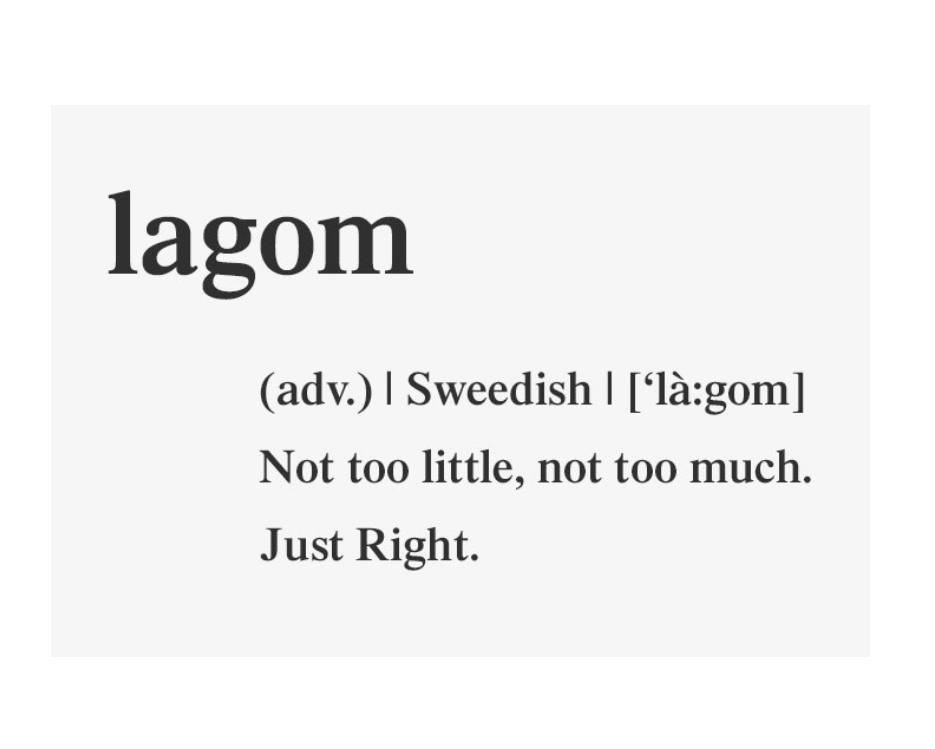
Lagom is a Swedish concept that means “not too little, not too much, just right” or “in moderation”.
In the context of cosmetic surgery, Lagom refers to a approach that emphasizes subtle, natural-looking enhancements that improve one’s appearance without looking too done or overdone.
The Lagom approach in cosmetic surgery is about making gentle, nuanced changes that respect the individual’s unique features and natural beauty.
It’s about finding a balance between making a positive change and still looking like oneself.
This approach is often preferred by those who want to avoid dramatic or obvious changes, and instead, seek a refreshed and rejuvenated appearance that looks and feels authentic.
In India, the concept of Lagom is gaining popularity, particularly among individuals who value subtlety and discretion in their cosmetic enhancements.
Many cosmetic surgeons and clinics in India now offer Lagom-inspired procedures and treatments that cater to this growing demand.
Timing your Surgery: A Plastic Surgeon’s POV

As a plastic surgeon, I strongly emphasize the importance of tracking and analyzing operating time to improve our skills and patient outcomes. Here’s why:
1. *Efficiency and productivity*: Monitoring operating time helps us identify areas for improvement, streamline our techniques, and optimize our workflow. By reducing unnecessary delays and inefficiencies, we can perform more surgeries, treat more patients, and make the most of our time in the operating room.
2. *Patient safety*: Prolonged operating times can increase the risk of complications, such as bleeding, infection, and anesthesia-related issues. By minimizing operating time, we can reduce these risks and ensure safer outcomes for our patients.
3. *Cost reduction*: Longer operating times result in higher costs, including anesthesia fees, operating room expenses, and staff salaries. By optimizing our operating time, we can reduce these costs and make surgeries more affordable for our patients.
4. *Improved decision-making*: Analyzing operating time helps us refine our surgical strategies, make better decisions, and adjust our techniques to achieve better results. This leads to enhanced patient satisfaction and improved outcomes.
5. *Professional development*: Tracking operating time encourages us to reflect on our skills, identify areas for improvement, and pursue ongoing education and training. This commitment to self-improvement enhances our expertise and staying up-to-date with the latest techniques and technologies.
By prioritizing this aspect, we can provide better outcomes, increased patient satisfaction, and maintain the highest standards of care.
Appreciation post - The Grandmaster of Liposuction: Dr. Alfredo Hoyos
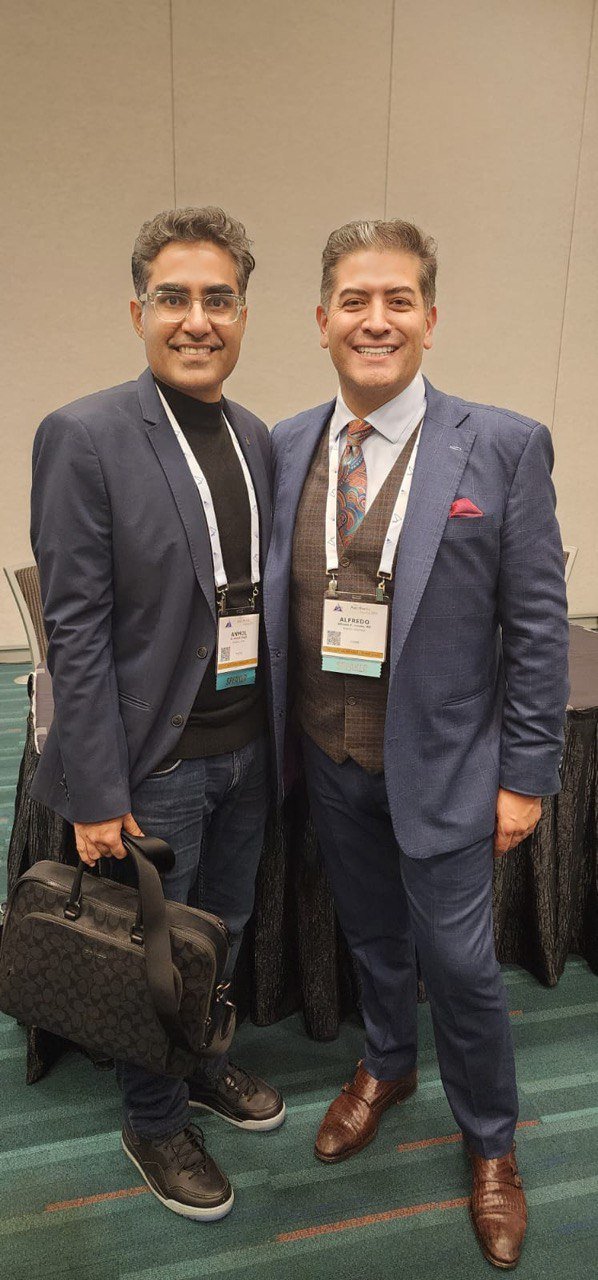
Appreciation post
The Grandmaster of Liposuction: Dr. Alfredo Hoyos
I had the privilege of meeting the legendary Dr. Alfredo Hoyos at a recent conference, and I was blown away by his expertise and passion for his craft. As a plastic surgeon myself, I have immense respect for his groundbreaking work in liposuction and body contouring. His innovative techniques and dedication to patient care have raised the bar for our entire field.
Dr. Hoyos’s passion for sharing his knowledge and mentoring others is inspiring, and his contributions to the advancement of plastic surgery are immeasurable. His commitment to staying at the forefront of the latest technologies and techniques is a testament to his unwavering commitment to his patients and the field at large.
Meeting Dr. Hoyos was a highlight of my career, and I left the conference feeling motivated and inspired to continue pushing the boundaries of what’s possible in plastic surgery. Thank you, Dr. Hoyos, for your tireless efforts and dedication to excellence. You are a true master of your craft!
Preoperative markings play a crucial role in cosmetic surgery
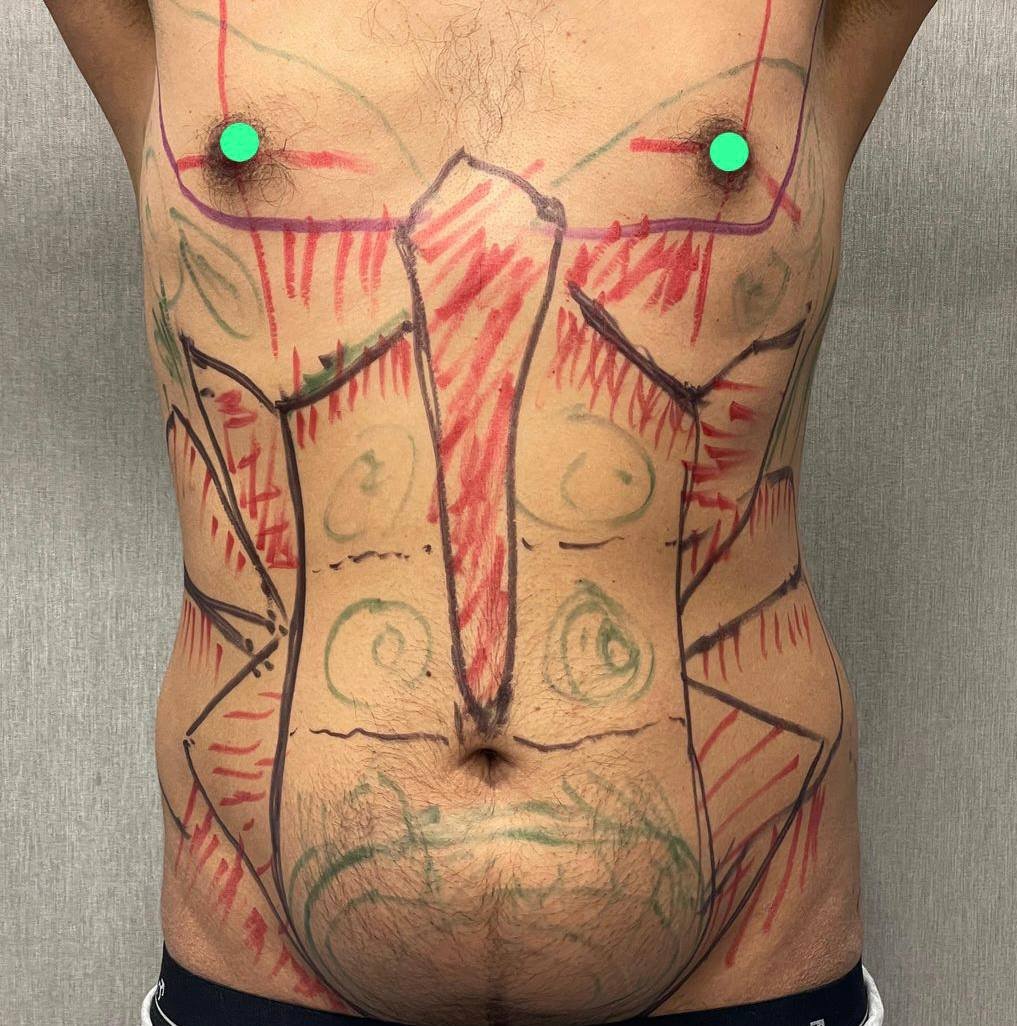
Preoperative markings play a crucial role in cosmetic surgery as they help ensure accurate and precise surgical planning and execution. These markings are made on the patient’s skin before surgery to guide the surgeon during the procedure.
Here are some key roles of preoperative markings in cosmetic surgery:
1. *Accurate incision placement*: Markings help the surgeon position incisions in the optimal location, minimizing visibility and scarring.
2. *Definition of surgical boundaries*: Markings define the area to be treated, ensuring we stay within the designated boundaries.
3. *Identification of anatomical landmarks*: Markings help identify key anatomical structures, such as nerve endings, blood vessels, and underlying muscle.
4. *Symmetry and proportion*: Markings enable the surgeon to achieve symmetry and proportion in procedures like breast augmentation or facial rejuvenation.
5. *Customization*: Markings allow for personalized planning and execution, taking into account individual patient needs and goals.
6. *Reduced complications*: Accurate markings help minimize risks like nerve damage, bleeding, or asymmetry.
7. *Improved patient satisfaction*: Markings help ensure that the desired outcome is achieved, leading to higher patient satisfaction.
Preoperative markings are a critical step in cosmetic surgery, enabling surgeons to deliver precise and effective results while minimizing potential complications.
Hygge ( Hoo-gah)

Hygge (pronounced hoo-gah) is a Danish concept that refers to a feeling of cozy contentment, warmth, and well-being. It’s often associated with self-care, comfort, and relaxation.
Cosmetic surgery, on the other hand, is a medical procedure that aims to improve the appearance of a person. While it may not be directly related to hygge, pursuit of physical beauty and confidence can be a form of self-care and self-love, which are aligned with the principles of hygge.
In recent years, there has been a growing trend of people prioritizing self-care and self-love, and this includes investing in procedures that make them feel good about themselves. Some people may find that cosmetic surgery helps them feel more confident and comfortable in their own skin, which can contribute to an overall sense of hygge.
It’s about cultivating a sense of inner peace, contentment, and warmth, and prioritizing self-care and self-love in all aspects of life.
Wabi Sabi & Cosmetic Surgery
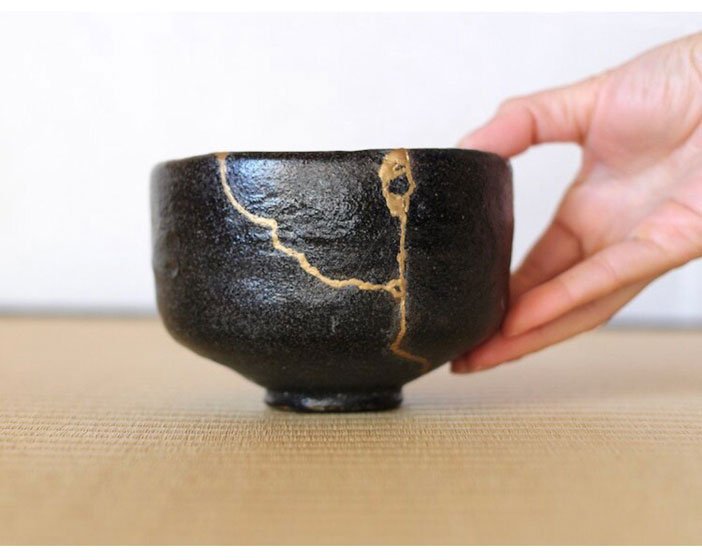
Wabi-sabi, a traditional Japanese aesthetic, values the beauty of imperfection, impermanence, and subtlety.
Wabi – Sabi can potentially influence the approach to beauty and aging.
1. *Embracing imperfections*: Wabi-sabi encourages acceptance of natural imperfections, which could lead to a shift in focus from trying to achieve an unattainable, flawless beauty standard. Instead, individuals might prioritize enhancing their unique features and keeping it subtle & natural.
2. *Subtlety and restraint*: Wabi-sabi values subtlety and restraint. In cosmetic surgery, this could translate to a more nuanced approach, prioritizing minimal, natural-looking enhancements over dramatic over the top transformations.
3. *Holistic approach*: Wabi-sabi considers the beauty of an object or person in its entirety.
Similarly, in cosmetic surgery we adopt a more holistic approach, addressing overall well-being and self-care in conjunction with physical enhancements. Longevity encapsulates aesthetics.
How do Plastic Surgeons Focus while doing surgery?
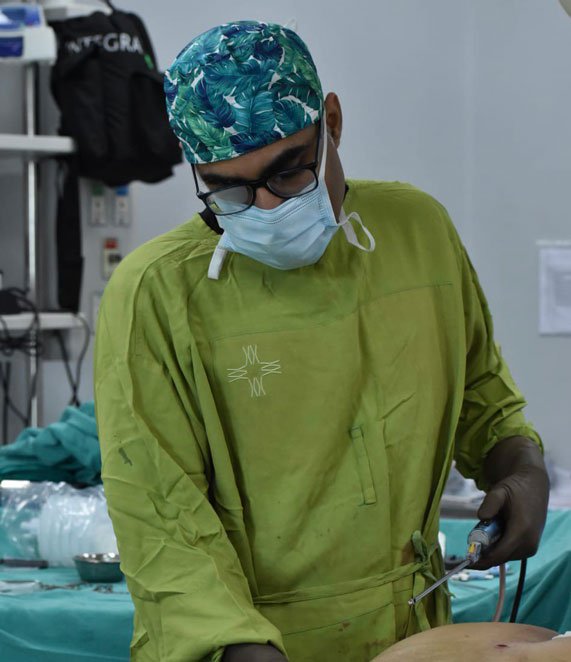
Plastic surgeons, like all surgeons, employ various techniques to maintain focus and concentration during surgery. Here are some of the ways I stay focused:
*Pre-operative preparation*:
Before surgery, the planning is the most essential part which includes patient records, medical history and discussions in detail about procedure with patient.
*Mental preparation*:
I personally envision a plan for the patient multiple times refining the surgical steps in my time while thinking I am operating that patient.
*Checklists and protocols*:
To ensure consistency and accuracy, we adhere to protocols.
*Teamwork*:
I work with a skilled surgical team, including anesthesiologists, nurses, and assistants, to share responsibilities and maintain a focused environment.
*Concentration techniques*:
I use techniques like focusing on the instrument that I am holding and taking a deep breath to be completely Present in Now.
*Muscle memory*:
Repetitive training and experience help build muscle memory, allowing us to perform complex procedures with greater ease and focus.
*Minimizing distractions*:
The operating room environment is designed to minimize distractions, with strict control over noise, lighting, and interruptions.
*Staying hydrated and energized*:
We are well-rested, hydrated, and energized before and during surgery to maintain their focus.
*Mental breaks*:
During long procedures, I take brief mental breaks to recharge and refocus.
*Continuous training and education*:
I stay up-to-date with the latest techniques, research, and best practices to maintain expertise and confidence.
By employing these strategies, I can maintain the intense focus required for successful surgical outcomes.
Why do Doctors attended Conferences?

Last week I was in Canada yes saat samundar paar to attend a 3 day aesthetic surgery conference!
Well why this much effort to travel?
1. Learning – It never stops when you are dealing with human beings. As plastic surgeons we always try to focus on giving better results while ensuring safety.
2. Networking- It’s a good way to connect with your colleagues and exchange ideas. Not only it promotes camaraderie but a sense of purpose to give our patients the best while avoiding potential conflicts as competitors.
3. Cutting-edge technologies- Our focus is also on what is new in market which helps our patients to achieve their results faster and in a safer way.
4. New Ideas – Personally it is an off time for me to focus solely on my purpose that is to transform lives and formulate new ideas with defined goals and outcomes.
5. Prevents Burnout- We are usually travelling with our friends and family and this provides much needed break from normal routine and helps in coming back rejuvenated.
Are you spending more on your car than your well being?

Luxury is often related to buying an expensive car.
It’s your favourite dream car that gives you another level of high but are we spending enough on our well being.
Well being in general includes both physical and mental health.
Ask these questions to yourself
1. Do you eat good, exercise daily, eat on time and healthy?
2. Are you giving yourself adequate rest to prevent burnout?
3. Do you feel that you need transformation?
Well if you are true to yourself you will feel some lacunae is there as we prioritise luxury when it comes to a big house and fancy car.
I can attest to the fact that cosmetic surgery in our society is still considered Luxury.
It actually transform a person with a crooked nose or heavy breasts that is interfering in daily activities.
In right candidate, it does boost self esteem which in turn reflects both in personal and professional growth.
It’s not that if you can afford you shouldn’t buy a big car but the point is you shouldn’t judge someone who is getting a cosmetic procedure done as it’s all about refining once reflection which helps in boosting his/her self confidence.
P. S – This is not a paid brand promotion of Audi 😅